How the huge armies of the past relieved themselves
Categories: History
By Pictolic https://pictolic.com/article/how-the-huge-armies-of-the-past-relieved-themselves.htmlIn the history of mankind it is hardly possible to find a year when there was not a war somewhere. The armies of the past were huge and camped over tens of hectares. The military lived in them for weeks, and during sieges of fortresses even for years. How was one of the most pressing problems solved at that time—meeting the natural needs of the body? Where, in the end, did they all crap?
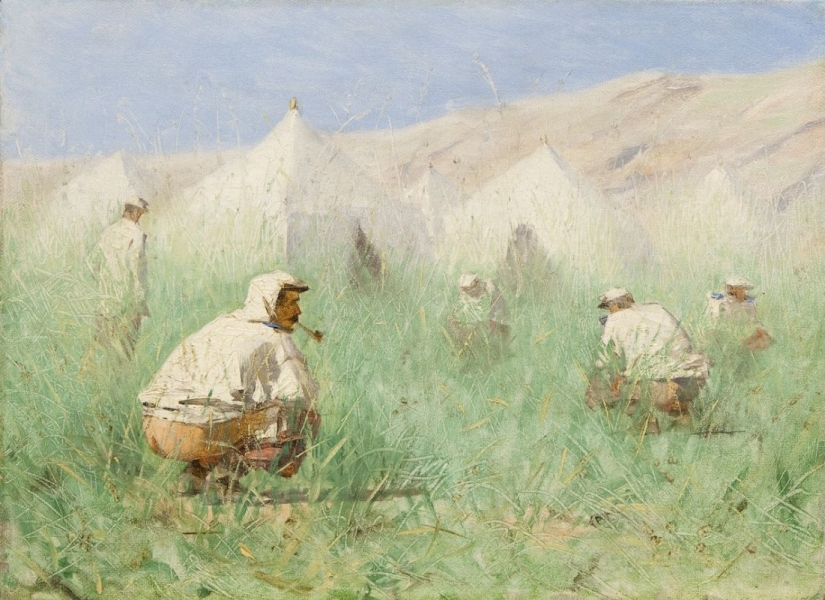
In historical films we are shown impressive columns of Roman legionnaires or hordes of Mongol-Tatar warriors. This power inspires awe and respect, but few people think about the problems that past military leaders faced. Many soldiers never made it to the battlefield, becoming victims of infectious diseases on the way to war.
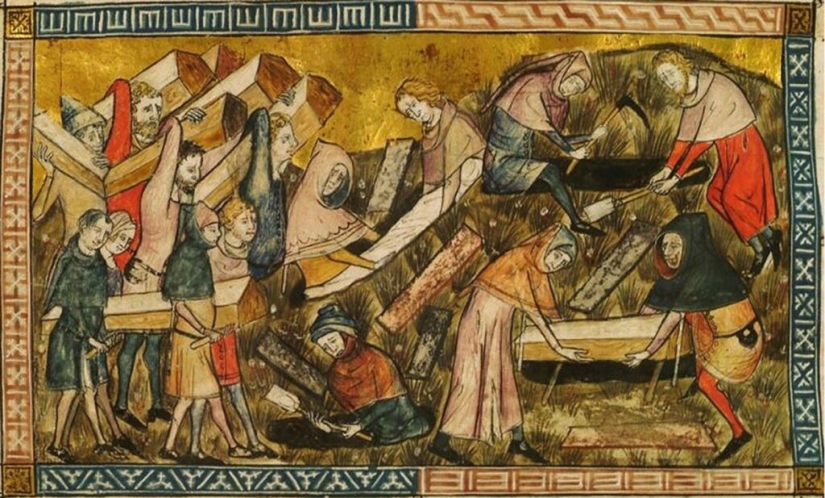
Microorganisms have a very simple structure, but they, like any other living beings, participated in the evolutionary struggle. After billions of years of natural selection, the fittest have survived. They surround us everywhere and can be completely harmless. But under certain conditions they are capable of creating problems for people and even killing them.
In ancient times there were no comfortable field toilets. Therefore, military camps were usually set up on the banks of rivers. They relieved themselves in water, which carried away waste products and ensured cleanliness. In cases where there were no rivers nearby, temporary toilets were built. They required maintenance and therefore each army had a team that performed this not the most honorable, but very necessary work.
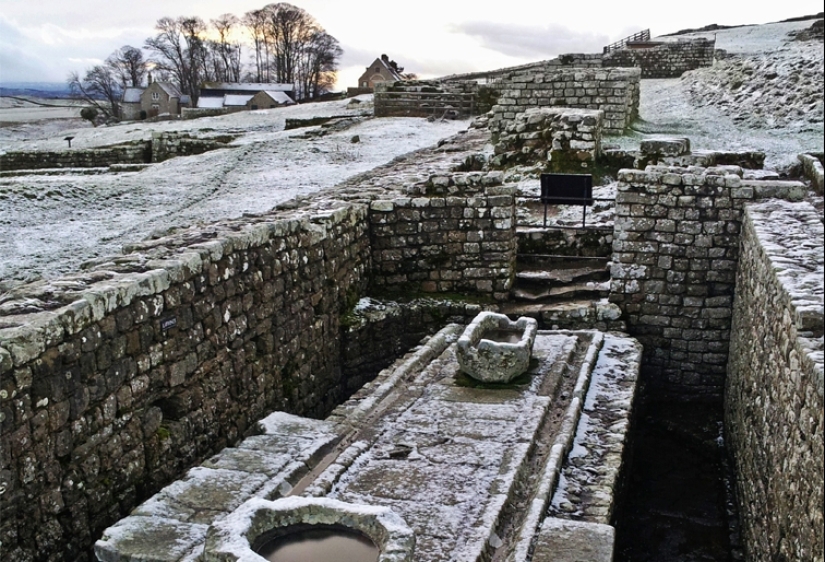
The problem of fecal contamination in military camps has been known for thousands of years. In the Old Testament, the Jews wrote that every night the Lord comes down to the soldiers and it is forbidden for him to pass among the excrement of the soldiers. Therefore, every Jew went to the toilet in a special designated place outside the camp. Waste was supposed to be buried in the ground or sand.
With the Roman legionnaires everything was more progressive. In each camp, camp toilets were built for privates and officers, and those who ignored them were severely punished. Aqueducts were built in Roman fortresses. They not only provided water for the defenders, but also served as sewers, carrying feces outside the walls.
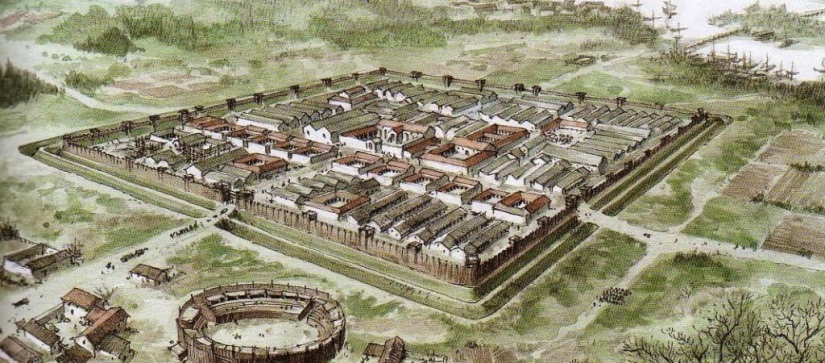
In the Middle Ages, the issue was treated much more simply. In fortresses and castles, only aristocrats had toilets, and they were arranged very simply. Ordinary soldiers solved their problems directly from the fortress walls into the ditch. In the field camps, sanitary matters were not regulated in any way, and everything depended on the will of the military commander. Usually he didn’t really rack his brains and pointed everyone to the nearest ravine or forest.
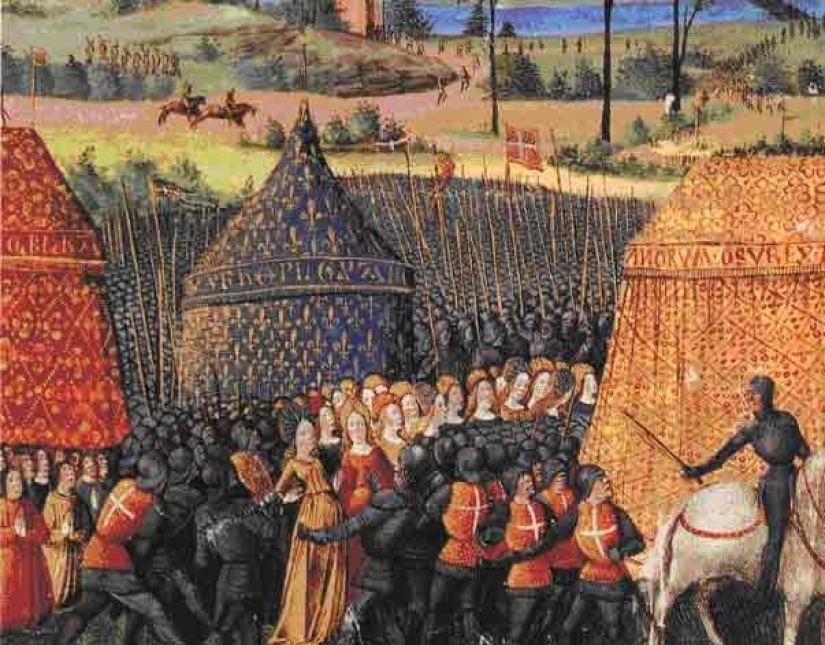
Moreover, no one thought about sanitary standards when it came to small detachments. At best, the excrement was buried in the ground. But there were also conscientious commanders who understood the danger of contamination with feces. They ordered trenches to be dug outside the camp and used them as toilets. It was not appropriate for the officers to run to the ditch, and they relieved themselves in a bucket. The servants carried the contents of the container into the same ditch.
But these measures were not enough to keep the military camps clean. Therefore, medieval warriors suffered en masse from intestinal infections. Even for those soldiers who remained in the ranks, there was a serious problem - diarrhea. It was not easy for a knight dressed in armor to go to the toilet. This was usually done before and after the fight. And during the battle it was necessary to endure.
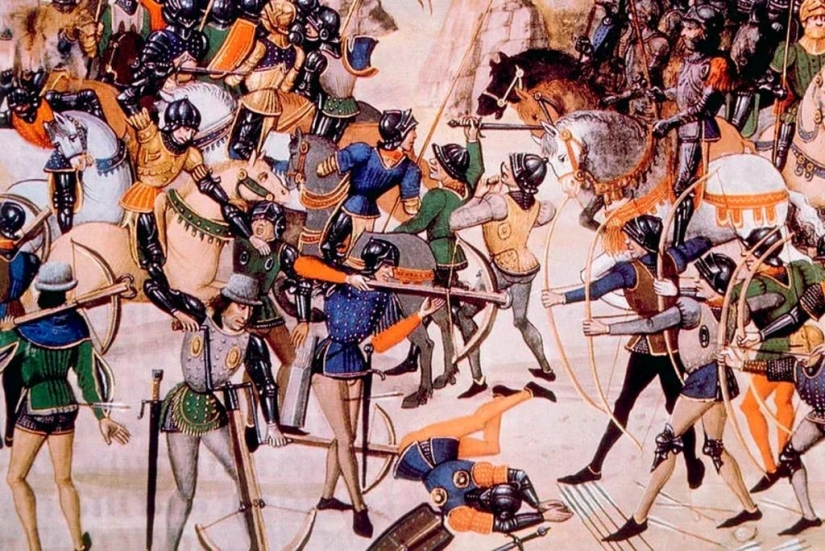
It was easier for the infantry, but not much. Pants and other clothing in the Middle Ages were held on with belts and ties. The sudden and irresistible urge to “big” unsettled me for a long time. The problem was solved very simply. If diarrhea was rampant in the camp, the soldiers used a clever life hack. History has preserved the details of the battle between the English and French at Agincourt in 1415. Then the archers of the English king Henry V, suffering from dysentery, went into battle without pants.
But sometimes warriors not only did not look for ways to get rid of feces, but, on the contrary, collected them. Pots and barrels were filled with sewage and thrown at the enemy by throwing machines. This was a popular way to inflict moral and physical damage on the enemy. Excrement, falling en masse into the territories of fortresses and cities, caused outbreaks of infections. Needless to say, how pleasant it was for the besieged, locked within the walls, to inhale the stench of enemy feces.
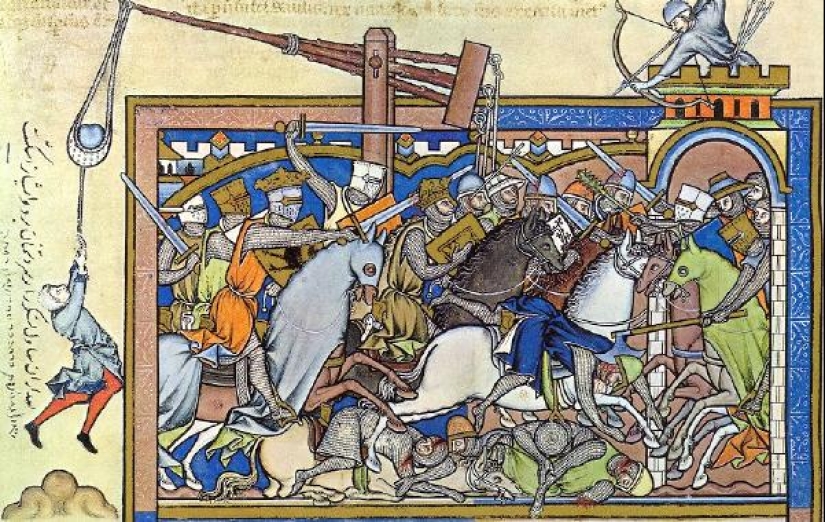
In China they went even further. In the homeland of gunpowder, bombs filled with gunpowder and feces were used back in the 12th century. These shells were used to load catapults of various designs. Before launch, the fuse was lit. The fecal bomb exploded in the ranks of the enemy or in the fortress, causing mainly psychological damage to the enemy and infecting his territory with infections.
Charges with the same operating principle were used in Europe and Rus'. During the siege of Kazan in the 16th century, Ivan the Terrible used trebuchets—gravity-driven throwing machines—to throw barrels of excrement. Such shells had many disadvantages - the winners got dirty fortifications. But this problem could be solved by forcing prisoners to wash their feces.
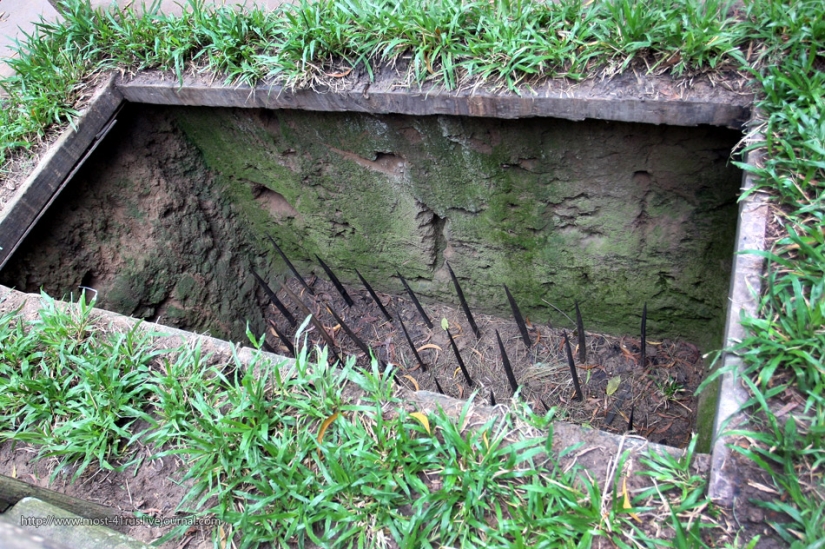
Feces were also used more locally. The Scythians prepared a mixture of viper venom, animal blood and feces and dipped arrowheads in it. Such a simple poison, in the absence of antibiotics, was highly likely to cause blood poisoning and death even with a minor injury. The Vietnamese also used this principle in the mid-20th century. They applied feces to bamboo panji stakes set in pit traps.
Recent articles

Jacques-Henri Lartigue (1894-1986) is perhaps the most famous "amateur" in the history of photography. The art world discovered his ...

It turns out that an active lifestyle is useful not only for the body but for the brain. Exercise strengthens muscles and spirit, ...

Most major companies profanity is not encouraged. It is considered that the profanity — it is a sign of disrespect for ...